The combination of inflation, the energy crisis and war in Ukraine has created the perfect storm for food crime.
Counterfeit and substandard food and drink can make its way into the supply chain at any stage – from wholesale domestic and international distribution networks to the local corner shop – and the increase of sales online is exacerbating the threat that food crime poses to the public.
Unlike more obvious criminality, food crime deceives customers and may put consumers’ health at risk. Food crime affects all types of products, and having access to the global marketplace means that we need to be more vigilant in the fight against this type of criminality.
The Scottish Food Crime and Incidents Unit (SFCIU) is the incidents, investigations and intelligence gathering arm of Food Standards Scotland (FSS), and leads the charge against food crime. It has dedicated intelligence, analytical and investigation teams – staffed mainly by ex-police personnel – who analyse, develop and action information received from a wide variety of areas, including members of the public, food business operators, industry whistleblowers and other partner agencies.
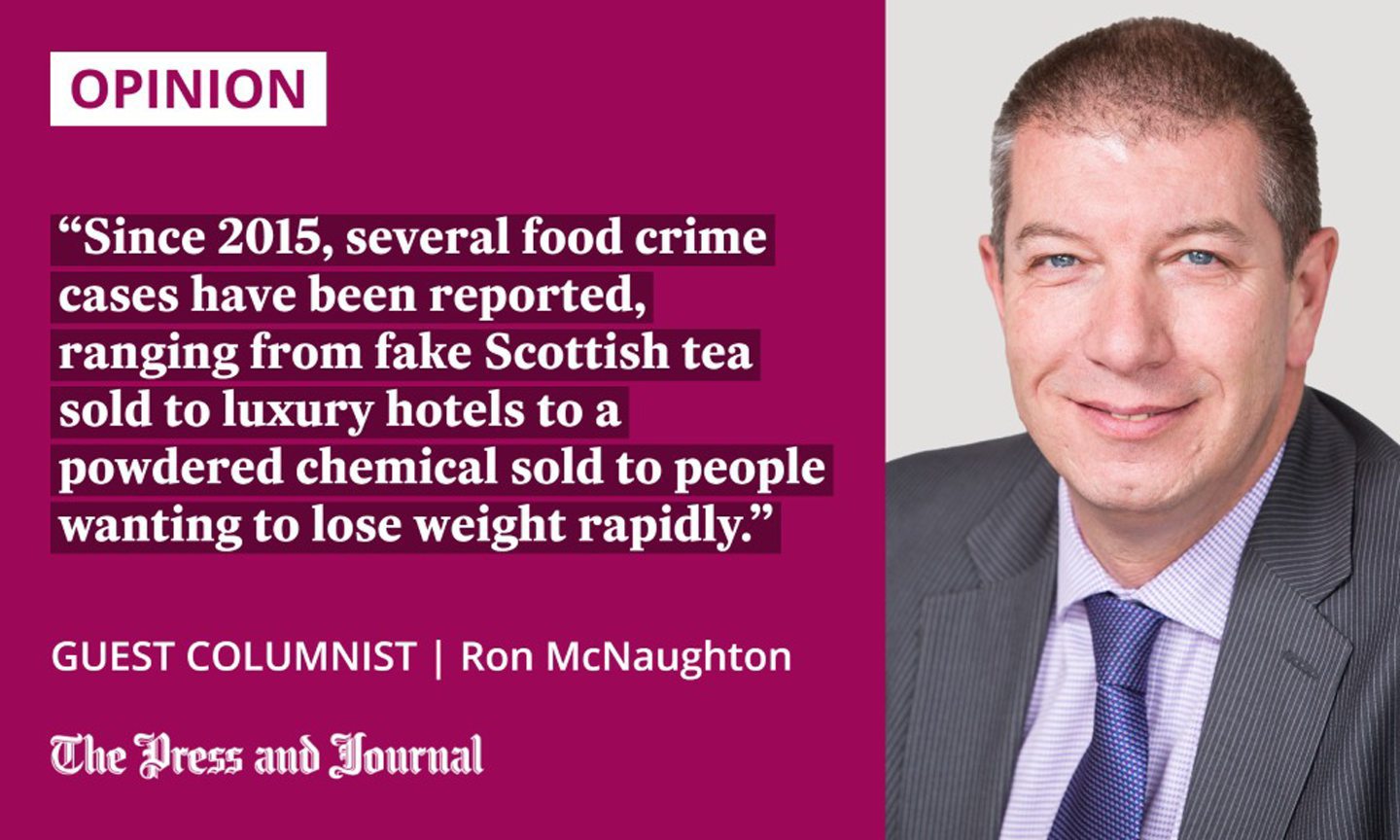
In Scotland, we work with partners such as Police Scotland and local authorities to develop intelligence-led operations against criminals who seek to make profits from food crime that can potentially put the health of consumers at risk.
Since FSS’s establishment in 2015, several food crime cases have been reported to the Procurator Fiscal following SFCIU investigations, ranging from fake Scottish tea sold to luxury hotels to a powdered chemical sold to people wanting to lose weight rapidly.
While food crime is financially motivated and can vary from low level criminality to complex fraud across supply chains, it can have serious and deadly consequences. As part of tackling food crime, there are three key lines of defence that can support in ensuring that food is both safe and authentic. These are food businesses and industry, regulators and law enforcement, and you, the consumer.
How can people spot food crime?
One of the most common questions I’m asked is: “How can people spot food crime?” My advice is simple: if something seems too good to be true – significantly reduced in price, especially in the current climate, or promises unrealistic results – then the chances are it probably isn’t genuine.
To better support industry and food businesses, we have launched a a food crime risk profiling tool – an online programme which allows companies to assess their vulnerabilities to criminality. We want this to be a call to arms for the industry to get on the front foot, and will be running a series of free workshops later this year to provide additional support for those businesses who use the tool.
The Scottish Food Crime Hotline, run with @CrimestoppersUK, can be used to report crime anonymously. Find out more: https://t.co/AwV3RsJ6Cj pic.twitter.com/PY4Rw5nqUg
— Food Standards Scotland (@FSScot) November 13, 2021
And, while we look to better support industry, law enforcement agencies cannot tackle food crime without the support of the public, and particularly those who work in the food and drink industry.
FSS and Crimestoppers launched the free Scottish Food Crime Hotline in 2016, to give members of the public and industry a dedicated place to report anonymously any suspicions of food crime. The confidential hotline number (0800 0287926) is operational 24 hours a day, seven days a week, and you can also make a report at any time via Food Standards Scotland’s website.
Ron McNaughton is head of food crime and incidents for Food Standards Scotland
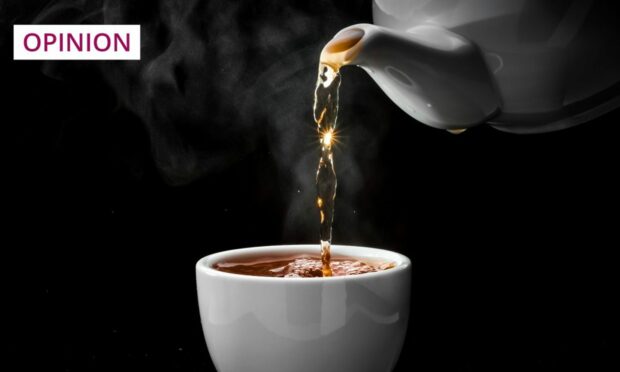



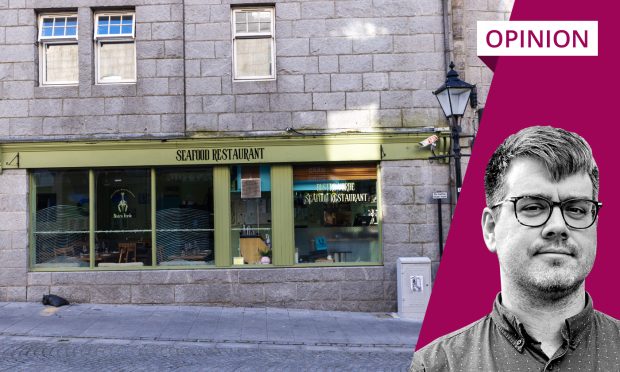
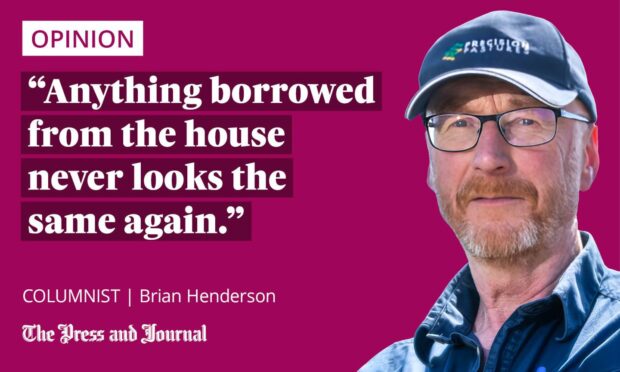

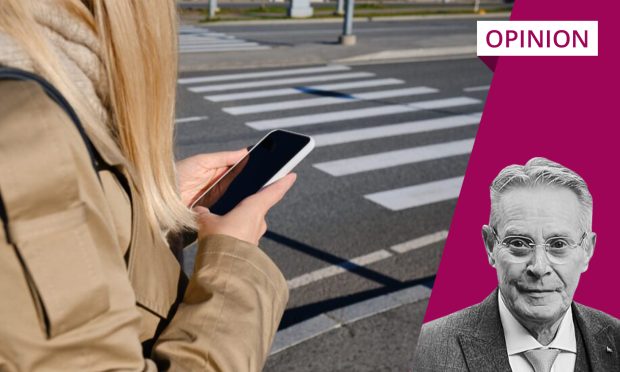


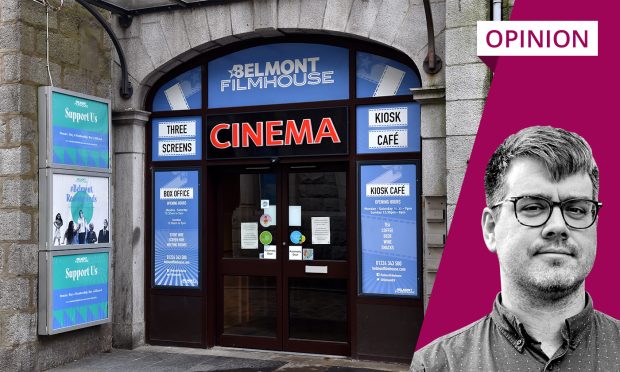
Conversation